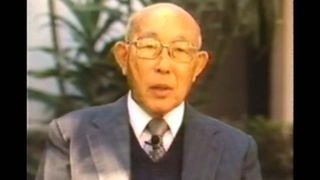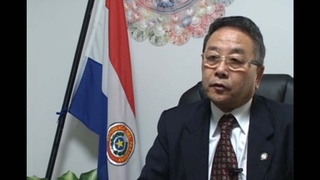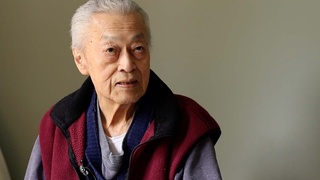Interviews
Education in a Buddhist temple and a country school
When I was 6 years old, my parents placed me in a Buddhist temple in Guadalupe, California, in a dormitory there so I could study the Japanese language, learn how to read and write and customs and the culture of Japan. After 6 years of shugyo -- shugyo is meditation, I guess you’d call it – we finally…all the children, 6 years old, you know, had to part with their parents. Very hard for them. They were crying every day, they wanted to go home. And finally after 6 years, they decided…parents decided to close the dormitory and all the children were able to go home.
So when I got back to my home, I was 12 years old and started to go to the country school not far from…we had to walk about a mile to go to this school and so mother would fix us a sandwich, you know. We’d eat the sandwich on the way and run, run, run to get there on time. The teacher there taught from the first grade through the eighth grade. He had just hailed in from New York City. He was a big tall man, you know, and every holiday he says…it was a potluck. All the parents would bring food like Thanksgiving, Halloween, Christmas. And after we ate, he says, “Everybody dance, even the 6-year-old.” That’s how I got started dancing. I enjoyed it so much. And his wife played the piano.
Date: December 6, 2005
Location: Oregon, US
Interviewer: Akemi Kikumura Yano
Contributed by: Watase Media Arts Center, Japanese American National Museum.














